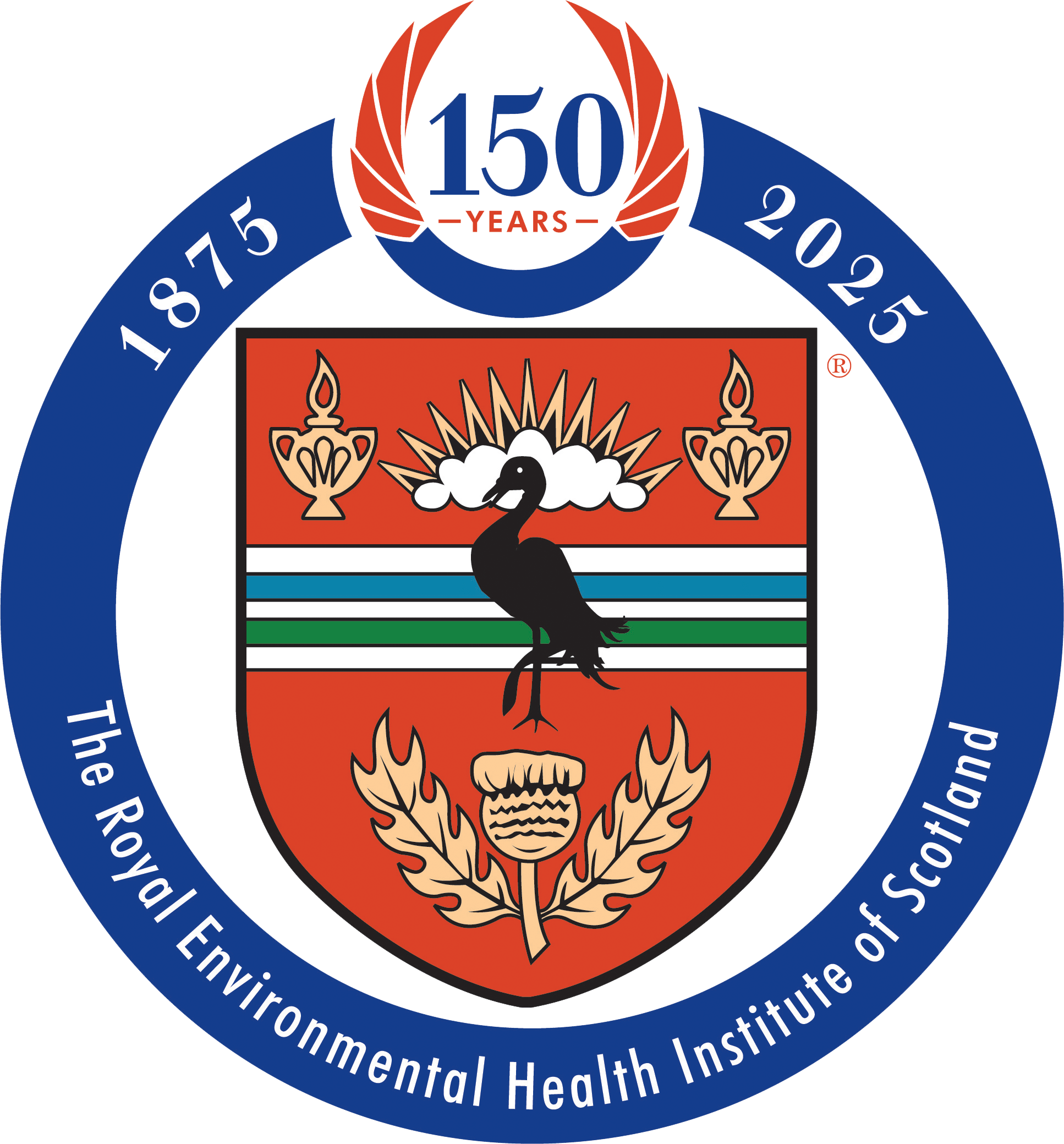The latest Radioactivity in Food and the Environment Report (RIFE 29) has been publishedand shows that levels and concentrations of man-made radioactivity measured in the environment during 2023 were well within international dose limits.
The annual RIFE report is a joint publication between all six agencies across the UK responsible for ensuring that doses from authorised releases of radioactivity remain within strict international limits. It brings together all results from SEPA, the Environment Agency, Food Standards Agency, Food Standards Scotland, Natural Resources Wales, and the Northern Ireland Environment Agency.
RIFE monitors radioactivity levels in food, water and the environment, assessing any potential impact on human health. The findings confirm that radiation doses to the public are well below harmful levels and largely originate from natural sources such as cosmic rays and radon.
Monitoring confirms that the highest dose for a member of the public in Scotland was approximately 2% of the legal limit 0.021mSv. This compares to a UK average radiation exposure from all sources of 2.7mSv – of which 84% is due to natural background sources.
Radioactivity occurs naturally in the earth’s crust and it can be found in the food we eat, the water we drink and the air we breathe. Exposure to man-made radioactivity includes medical procedures and treatments, and discharges from nuclear and non-nuclear establishments.
- The average individual dose from medical sources was about 16% of the dose from all sources of radiation.
- Occupational exposure contributed significantly less than 1% of the dose.
- Around 0.2% of the annual dose was from man-made sources – the majority from radionuclides released during historical testing of nuclear weapons in the atmosphere from the 1950s and 1960.
- Exposure to radionuclides routinely discharged by industry contributing less than 0.01% to the total dose.

